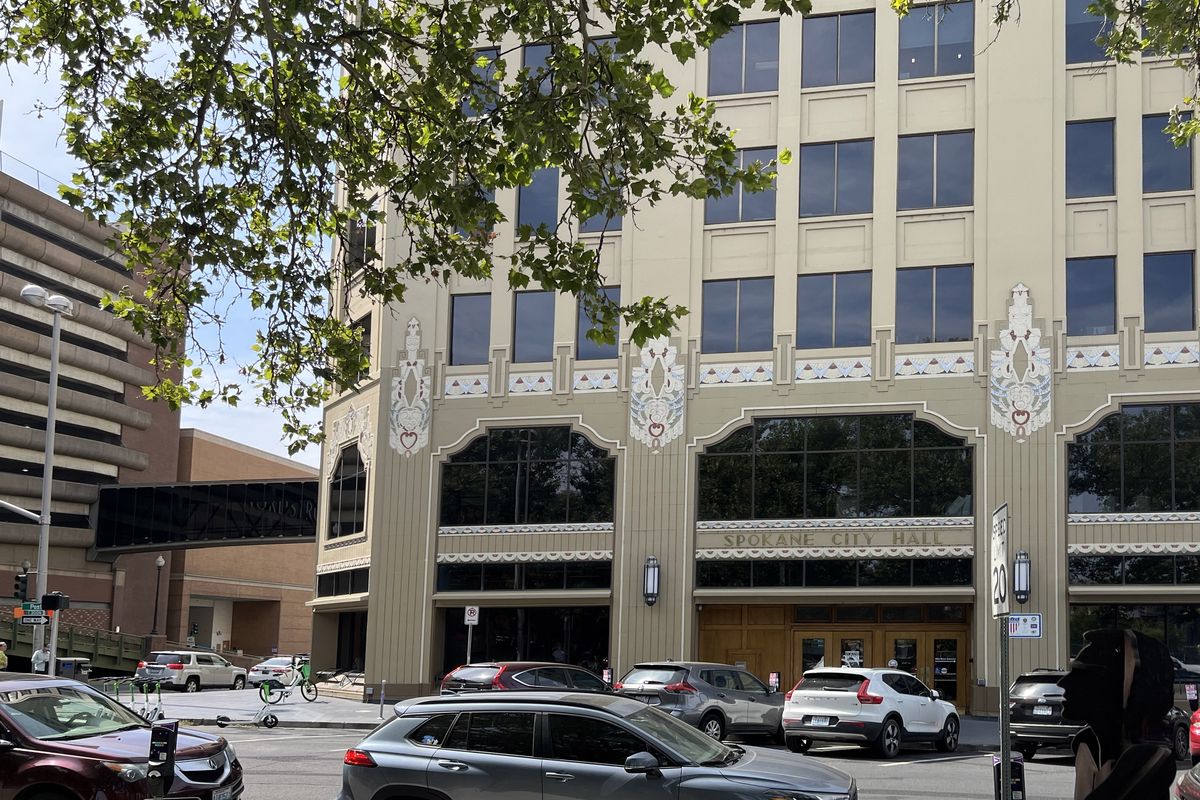Then and Now: Montgomery Ward

The first Montgomery Ward location in Spokane opened in 1927 in the Reliance Building at Second Avenue and Lincoln Street. The expansion of the longtime mail order retailer into physical stores in major city centers followed the progression of the nation’s other department store chains. Sears, Roebuck & Co. had built its first physical store in Chicago in 1925.
Traveling salesman Aaron Montgomery Ward had founded his mail order firm in 1872 in Chicago. Ward and two partners issued their first catalog that year featuring 163 items.
By 1883, the Ward catalog was 240 pages with 10,000 items. Ward’s business plan was for rural people to order their desired items by mail, telegraph or telephone, then pick up their purchases at a local train station.
But the shipping contracts for a nationwide chain of retail stores lured local railroads to make a bid for the business.
The Great Northern Railway had its freight warehouse on the south bank of the river near the Division Street Bridge. For more than a year, the attorneys for the Great Northern company lobbied Spokane city leaders to allow new tracks on Trent Avenue, which today in Spokane Falls Boulevard, so they could hauls goods to the new store.
But Spokane residents were fed up with dangerous grade crossings that snarled city streets with traffic and caused accidents. The Great Northern was denied and a second-story railroad siding was added to the new Montgomery Ward to allow Union Pacific trains to unload directly at the store. Ward and Sears would eventually build large warehouses near railroad tracks in east Spokane to handle the volume of inventory.
The new Spokane Montgomery Ward building was designed by the store’s team in Chicago with Art Deco architectural details and completed in November 1929. A new Sears department store was under construction just a block away and would open in 1930.
Newspaper reports show that, in the first two days it was open, 55,000 people shuffled through the new Ward’s store, which was packed with clothing, housewares, furniture and sporting goods.
For the next 30 years, Sears and Wards would compete to be the nation’s biggest retailer. From 1930 to 1960, the retail competition in Spokane included the Crescent, JC Penney, Bon Marché, Grant’s, F.W. Woolworth and many other retailers.
Aaron Ward died in 1913.